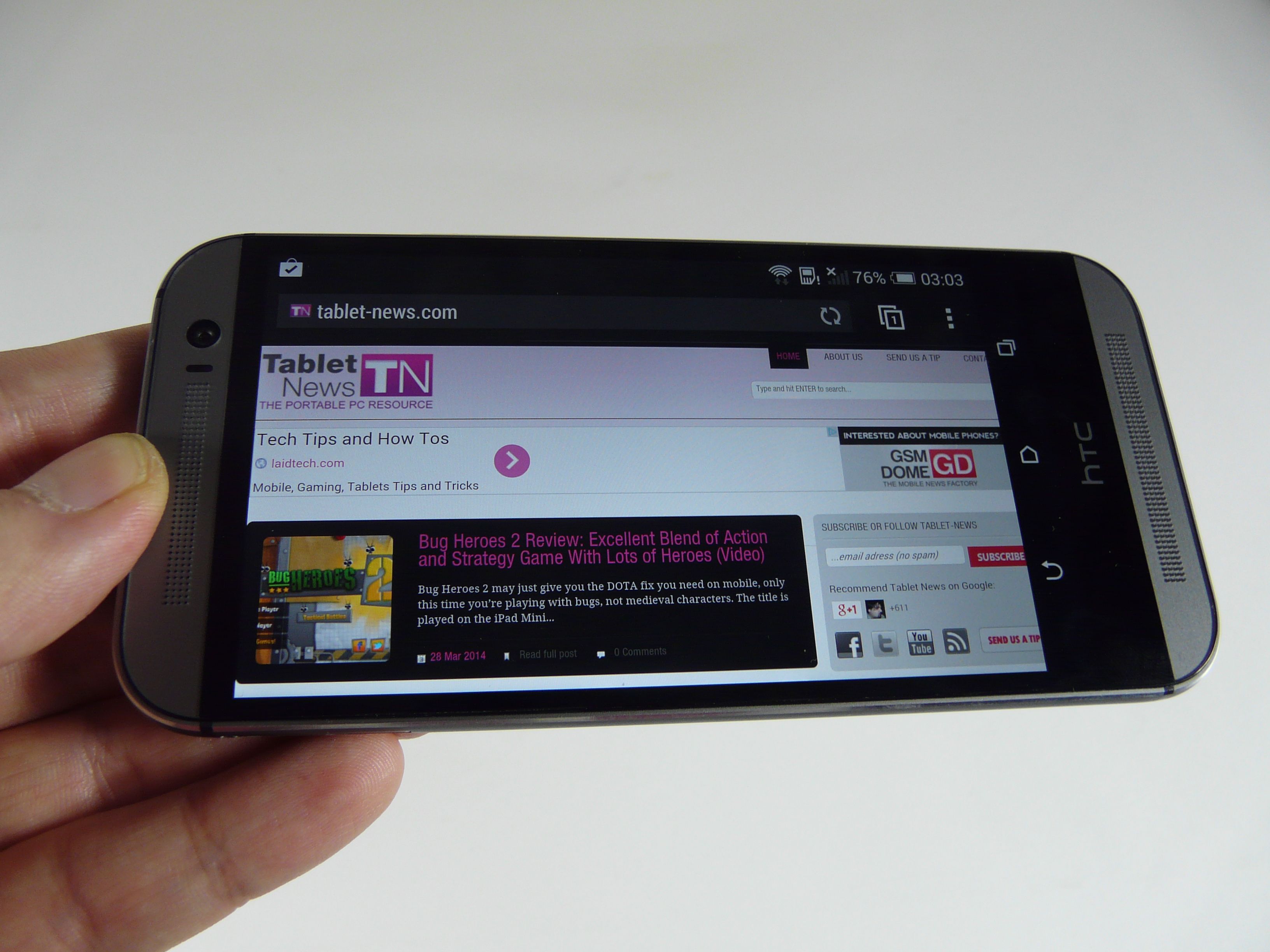
You might at this point – like we did – ask “where’s HDR?” It’s stuck within the scene setting options, making it a good few clicks away. The settings button in the bottom left gives you access to the scene setting, ISO, exposure compensation, white balance, filter effects and the core camera Settings. However, if you’re willing to dig a bit deeper, just about everything you could want is here. Where’s HDR? And aren’t most people keener on ‘normal’ panoramas than 360-degree ones? Unfortunately, it does seem that HTC has built the camera interface around the mostly trendy or eye-catching photo features, rather than the most useful ones. Our issue with this is that if you’re a remotely experienced mobile photographer, these aren’t necessarily your smartphone camera essentials. Zoe (this takes stills and video at the same time to let the phone make a highlights reel).And you get access to the camera’s most basic features: If you take the camera app as this pair of screens, the HTC One M8 camera is very simple.


The camera app centres around the following two screens, the mode selector and the actual shooting screen: The front-end part of the camera is simple enough, but there are more interface elements than ever to dig into – and potentially get lost in. HTC claims to have simplified the camera app in the HTC One M8’s, but that’s not entirely true. Battery Life, Call Quality and Verdict Review.



 0 kommentar(er)
0 kommentar(er)
